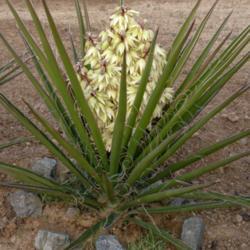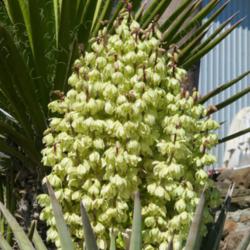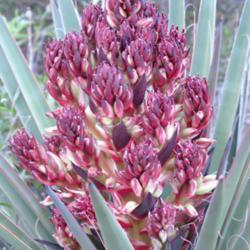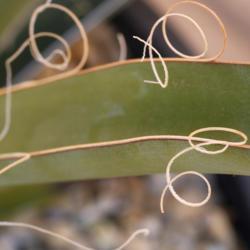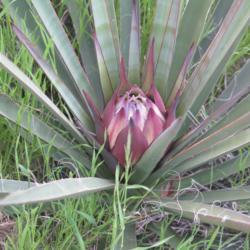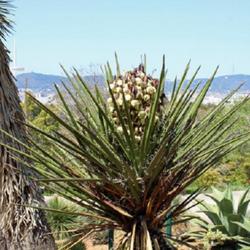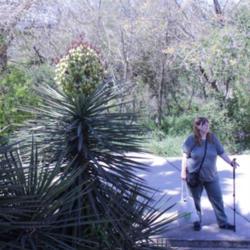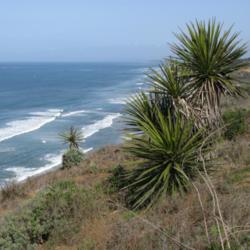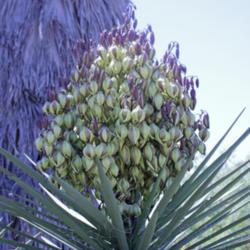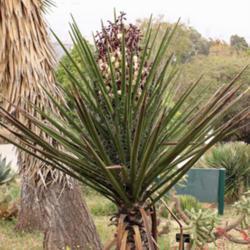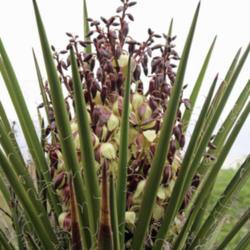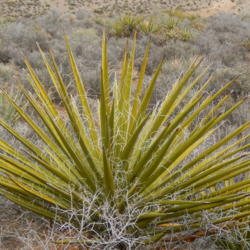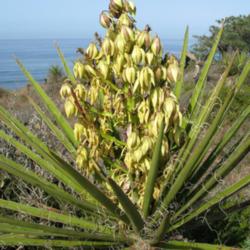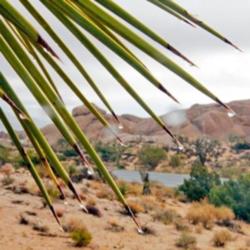Posted by
Baja_Costero (Baja California - Zone 11b) on May 14, 2020 9:06 PM concerning plant:
Single-stemmed tree yucca from the SW US and NW Mexico with stiff, straight leaves bearing abundant marginal filaments and sharp terminal spines. Some plants may branch at the base or above. The leaves may be dark green, yellow-green or bluish green and are concave on the upper surface. Dead leaves are persistent along the stem, which may reach up to 16 feet tall (usually shorter in habitat). Flowers appear in late winter or spring on a spectacular dense panicle (1-2 feet tall) that is only partly raised above the leaves. They are sessile or nearly so, and pollinated by a yucca moth (Tegeticula yucassella). The fruit is fleshy.
From the Mojave Desert of Nevada, California, and Arizona, extending into Baja California, occupying both the harsh rain shadow desert and mild, foggy coastal areas. Grown from seed and uncommon in cultivation. Sun-loving and extremely drought tolerant. Hardy to about 0°F. A nice reliable, low-care plant for dry climates which does not require lots of square feet.
This species resembles Y. faxoniana (longer leaves, non-sessile flowers with a distinct tube), Y. treculeana (no marginal filaments), and Y. torreyi (longer leaves, non-sessile flowers). It was used extensively by indigenous peoples for fiber (leaves), food (fleshy fruits, roasted), and soap (roots, stems). Today it is farmed in Baja California (or poached from the wild), then processed to extract saponins for various commercial uses, including dog food. The waste product from this extraction is a very long-lived fiber which works great as mulch or composted and mixed into the soil.
